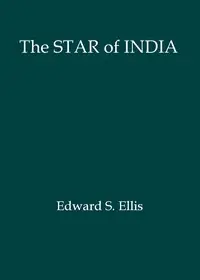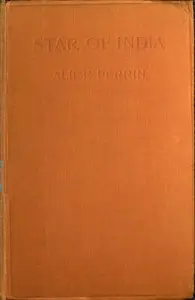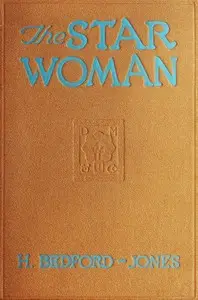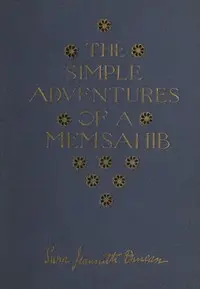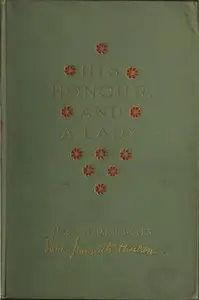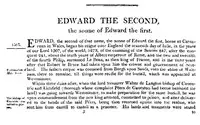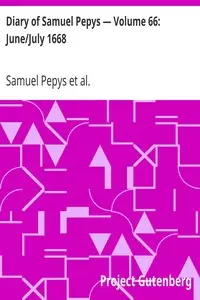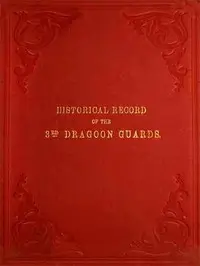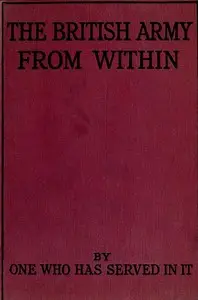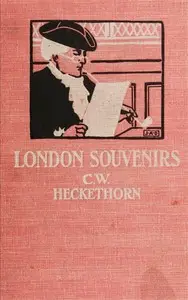"The Path of a Star" by Sara Jeannette Duncan is a story set in colonial India during the late 1800s that contrasts the lives of two women, actress Hilda Howe and Salvation Army worker Laura Filbert, as they navigate their identities amid societal expectations. The story begins with a meeting of the two women that highlights their opposing views of life, with the vibrant, privileged Hilda contrasting sharply with the serious, mission-driven Laura; all while revealing the cultural complexities of a changing world. As their interaction unfolds, a third character, Duff Lindsay, enters their world, shaping the dynamic between the two women while introducing themes of faith, personal conviction, and the search for purpose. The book captures the tension that exists between personal fulfillment and societal duty, particularly for women of that era.
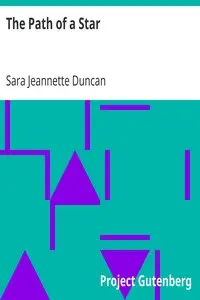
The Path of a Star
By Sara Jeannette Duncan
In colonial India, an actress and a Salvation Army worker's contrasting beliefs collide while they both struggle to make their mark in a world of shifting expectations.
Summary
About the AuthorSara Jeannette Duncan was a Canadian author and journalist, who also published as Mrs. Everard Cotes and Garth Grafton among other names. First trained as a teacher in a normal school, she took to poetry early in life and after a brief teaching period worked as a travel writer for Canadian newspapers and a columnist for the Toronto Globe. Afterward she wrote for the Washington Post where she was put in charge of the current literature section. Later she made a journey to India and married an Anglo-Indian civil servant thereafter dividing her time between England and India. She wrote 22 works of fiction, many with international themes and settings. Her novels met with mixed acclaim and are rarely read today. In 2016, she was named a National Historic Person on the advice of the Historic Sites and Monuments Board of Canada.
Sara Jeannette Duncan was a Canadian author and journalist, who also published as Mrs. Everard Cotes and Garth Grafton among other names. First trained as a teacher in a normal school, she took to poetry early in life and after a brief teaching period worked as a travel writer for Canadian newspapers and a columnist for the Toronto Globe. Afterward she wrote for the Washington Post where she was put in charge of the current literature section. Later she made a journey to India and married an Anglo-Indian civil servant thereafter dividing her time between England and India. She wrote 22 works of fiction, many with international themes and settings. Her novels met with mixed acclaim and are rarely read today. In 2016, she was named a National Historic Person on the advice of the Historic Sites and Monuments Board of Canada.

